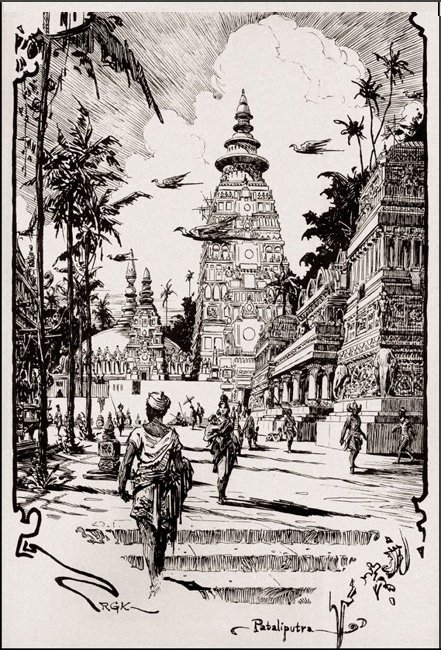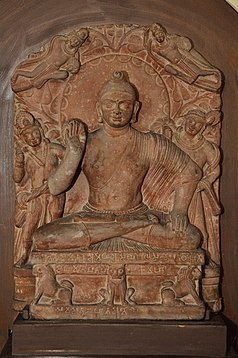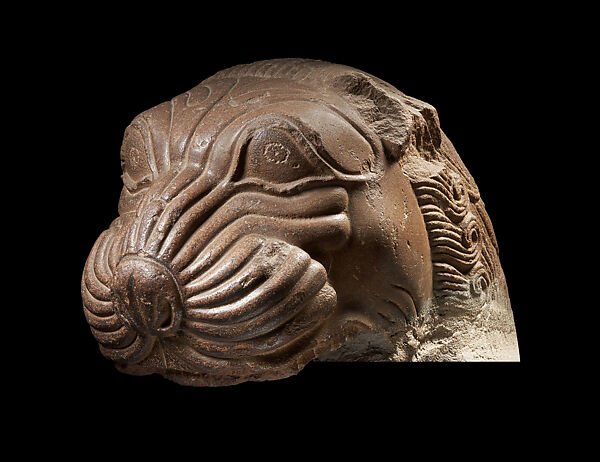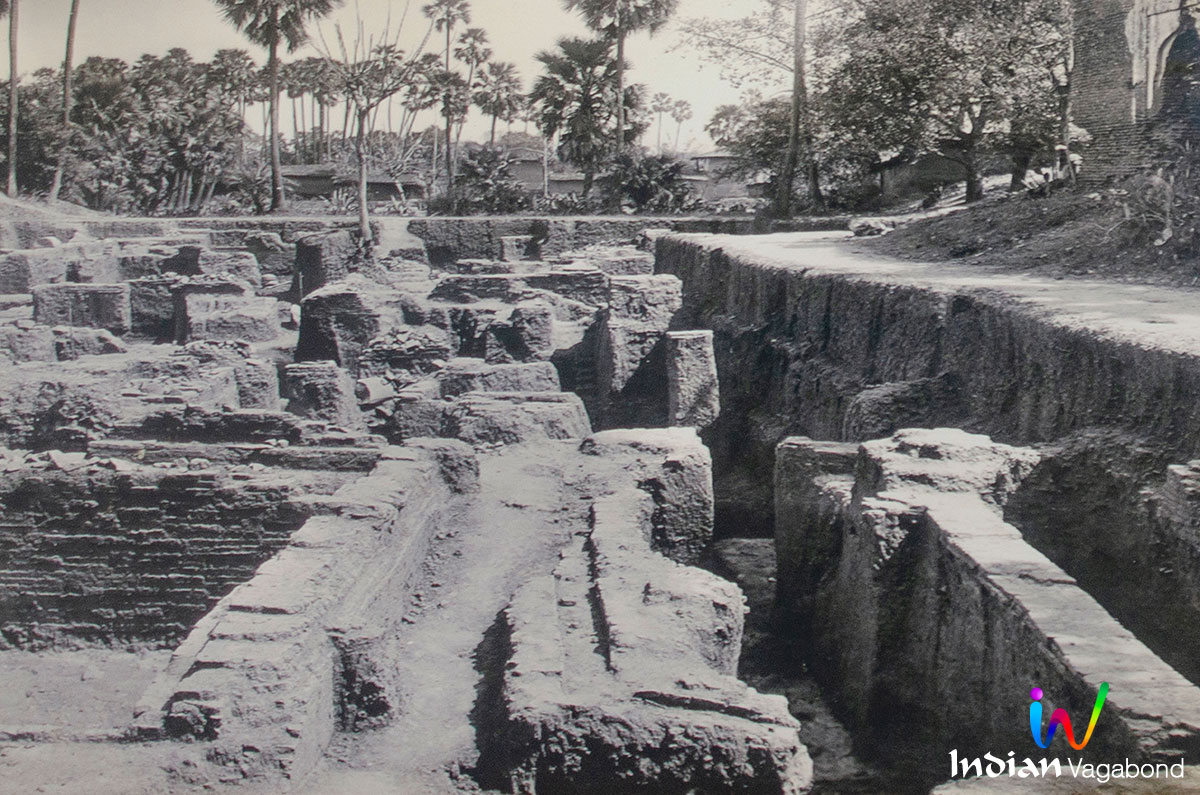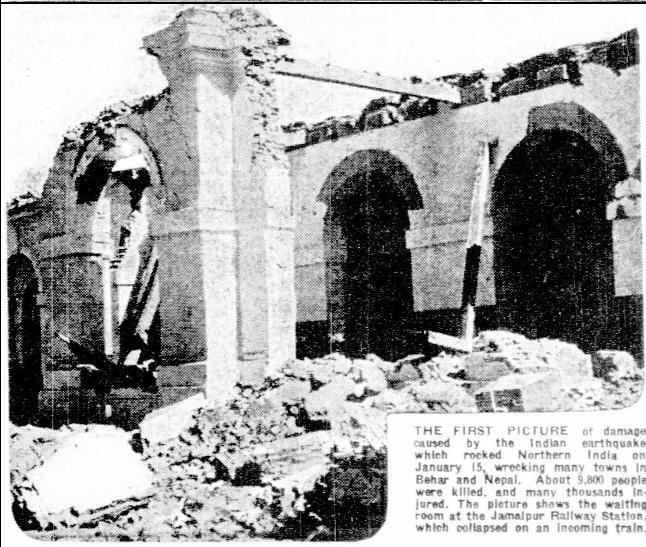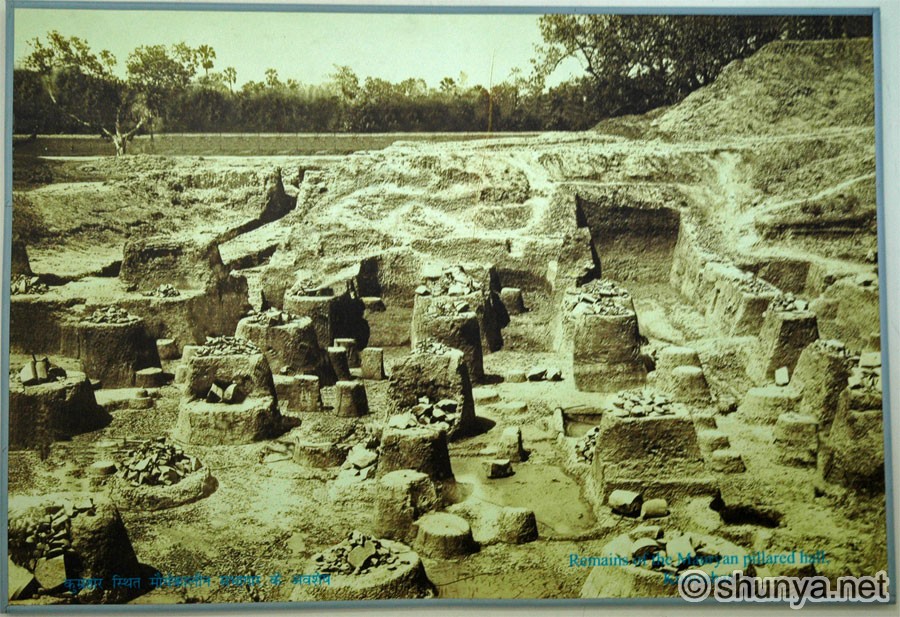Pataliputra, once hailed as the “Greatest City of India,” vanished from existence for nearly a thousand years. This ancient city, established by Ajatshatru as ‘Pataligrama’ during the 16-year war with the Vajjis, served as the capital of the Magadha empire for centuries. After Ajatshatru’s demise, his son shifted the capital to Pataliputra, where it remained the de facto capital of India for almost a millennium.
The Glory Days
During its prime, Pataliputra was a prosperous and bustling metropolis. The Greek ambassador Megasthenes, who resided in the city for some time, described its palisade walls, 570 towers, and 64 gates. According to historical accounts, the city boasted a population of approximately 400,000 inhabitants around 300 BCE, potentially making it the wealthiest and most populous city in the ancient world.
Situated at the confluence of the Ganges and Son rivers, Pataliputra was encircled by four perennial waterways: the Ganges, Son, Gandhaka, and Punpun. This unique geographic position contributed significantly to the city’s commercial success and prosperity, as it facilitated trade and established it as a prominent center of commerce.
The Prophecy and its Fulfillment
In the ‘Patali-sutta,’ the Buddha prophesied about Pataliputra, stating, “And among famous places of residence & haunts of busy men, this will become the chief, O Ananda, the city of Pataliputra, a centre for interchange of all kinds of ware, & will be threatened only by floods, fire and civil discord.”
Tragically, this prophecy seemed to come true, as the city’s decline is attributed to a combination of civil strife, environmental factors, and the waning power of the Gupta Empire.
The Catalysts of Decline
Civil Discord and Invasions
The decline of the Gupta Empire disrupted trade connections, which were vital to Pataliputra’s prosperity. Furthermore, the city endured invasions and destruction at the hands of various forces, including the Huns led by Mihirkula, who reportedly demolished 1,600 stupas and temples, massacring thousands of inhabitants.
The discovery of ash layers 20-30 feet below the surface at Kumhrar suggests that the Hun cavalry may have torched a significant portion of the city in 513/514 AD.
Environmental Factors: Floods and Earthquakes
Pataliputra’s location at the confluence of multiple rivers made it susceptible to flooding, a threat foretold by the Buddha himself. Chinese annals from the 8th century suggest that floods washed away a substantial part of the city during that period.
The region’s seismic activity presents another potential factor in the city’s demise. Major earthquakes could have shifted the course of the rivers surrounding Pataliputra, leading to its disappearance. Modern earthquakes in 1934-35 and 2013-14 caused significant devastation in the area, lending credence to this theory.
A Jain document named ‘Tithlogali Painniya’ recounts a devastating flood in the second half of the 6th century AD, with 17 consecutive days of torrential rain submerging the city. Only those who could access boats or wooden rafts reportedly survived this catastrophic event.
Xuanzang’s Account
The Chinese Buddhist monk Xuanzang, who visited Pataliputra in 637 AD, provided a graphic description of the city’s ruins. He witnessed a desolate landscape, with stupas, temples, and palaces reduced to heaps of rubble. Only about 300 houses remained, accommodating no more than a thousand people, a far cry from the city’s former glory.


